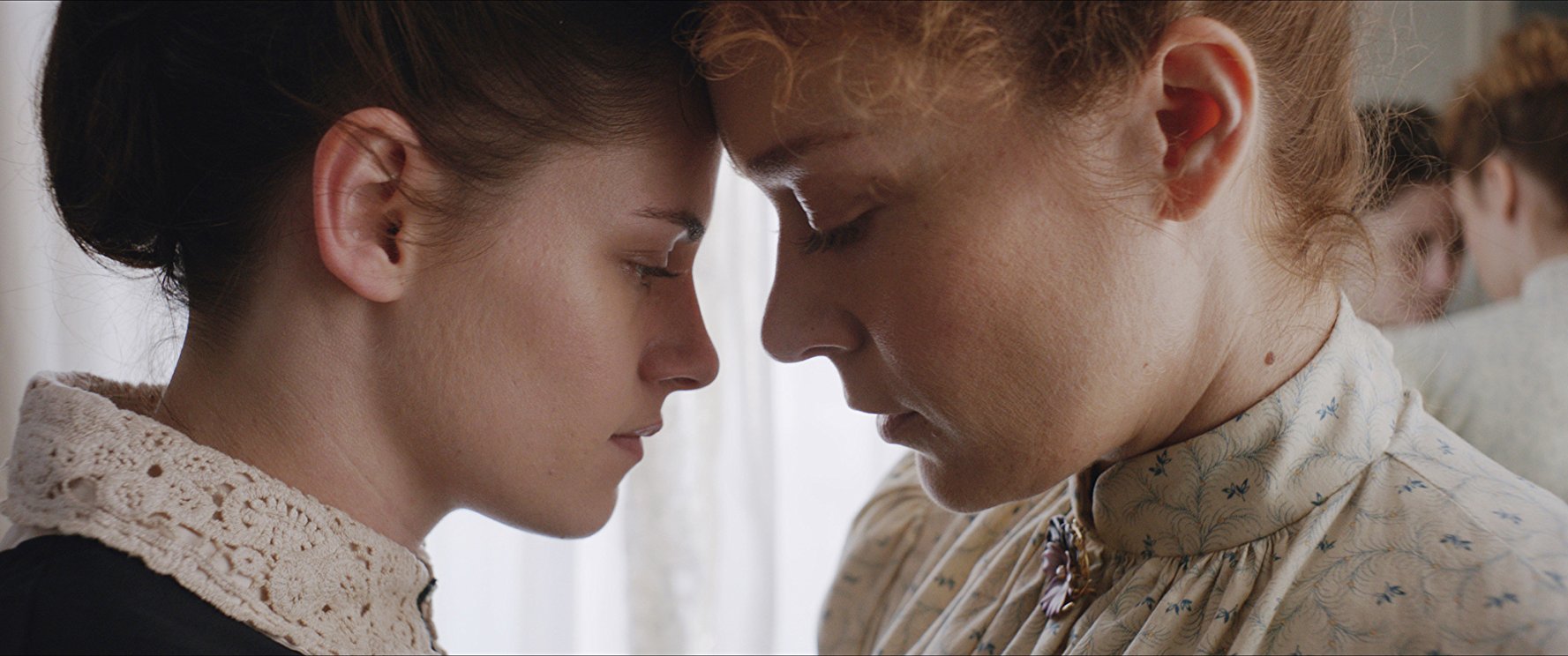Lizzie Review

Lizzie Borden took an axe, And gave her mother forty whacks; When she saw what she had done, She gave her father forty-one.
True crime has been having a pop culture moment, none more so than the unsolved mysteries. Few are as infamous as the murder of Lizzie Borden’s stepmother and father, which happened in their own home, with Lizzie and their maid on the residential grounds. Somehow the latter two completely missed the brutal violence that was happening just beside them until they came across the corpses.
After an arduous trial (from which Lizzie was found not guilty), centuries of speculation and a nursery rhyme, Craig William Macneill’s film – starring and produced by Chloë Sevigny – brings to life a long-standing theory of the mysterious events, and the complex cast of characters and ‘facts’ tangled in the case
It’s unclear how much Macneill expects audiences to be familiar with the case. Great attention is given to setting up Lizzie’s life, particularly establishing the oppressive reign of her patriarch father (Jamey Sheridan) – a man who keeps his house dark because, in his eyes, light is extravagance. Her relationship with her stepmother (Fiona Shaw) is also strained, and while she’s close with her elder sister, it’s more seemingly due to a lack of other options and duty on the part of Emma (Kim Dickens).
A real sense of dread is weaved throughout almost every beat – the kind to make you squirm in your seat regardless of what you are or aren’t expecting to happen. Lizzie is very concerned with The Patriarchy. Not only are there the physical representations such as Lizzie’s father or uncle, but also the more intangible presence of society’s expectations. Macneill explores what drew Lizzie and her maid, Bridget (Kristen Stewart), together, in their shared, trapped circumstances. Lizzie’s own privilege – American, due to inherit a wealthy estate – falls away in the face of her gendered reality, and Bridget – Irish, low-class – recognises that.  Without giving much away (if it’s even possible), the film does make an attempt to “solve” the case. So it is a combination of exploring this very particular era, and the violence women were not yet believed to be capable of. Perhaps this case was the beginning of the end of that belief. However, given the plethora of other media which tackled this topic and seemed more concerned with painting the deranged Lizzie Borden of the nursery rhyme, it would have made it a more unique telling had it left this element open. After all, it is unsolved for a reason.
Without giving much away (if it’s even possible), the film does make an attempt to “solve” the case. So it is a combination of exploring this very particular era, and the violence women were not yet believed to be capable of. Perhaps this case was the beginning of the end of that belief. However, given the plethora of other media which tackled this topic and seemed more concerned with painting the deranged Lizzie Borden of the nursery rhyme, it would have made it a more unique telling had it left this element open. After all, it is unsolved for a reason.
In the same way, that reason and theorising is what led to Lizzie Borden; why the house is still open for visitors, why the internet continues to speculate on how or whether she could have done it. It’s more than just the fervour for true crime, or unsolved mysteries. There’s an understanding of what Lizzie’s life was that the film successfully taps into. When her uncle sneers that the only reason she is unmarried is because she views herself as “too special”, it strikes a chord of women who did indeed refuse to settle for what was believed to be their lot in life. When Bridget tells Lizzie that they live in “this world, not another”, an audience member may well feel a rebellious streak at the unjust nature of it all. Her innocence, or lack thereof, is not a required factor for such empathy.
As a result, it is a shame that such a concrete answer is sought and crudely presented in taking the lore too much at face value. Far more interesting than the schematics of the murders is how the theorising around it was shaped by gender perceptions; how we did, and still do, conceptualise women and their capability and culpability for violence. Not if it was indeed Lizzie, or how – but why. Especially as, to some, the answer remains: why not.
★★★


